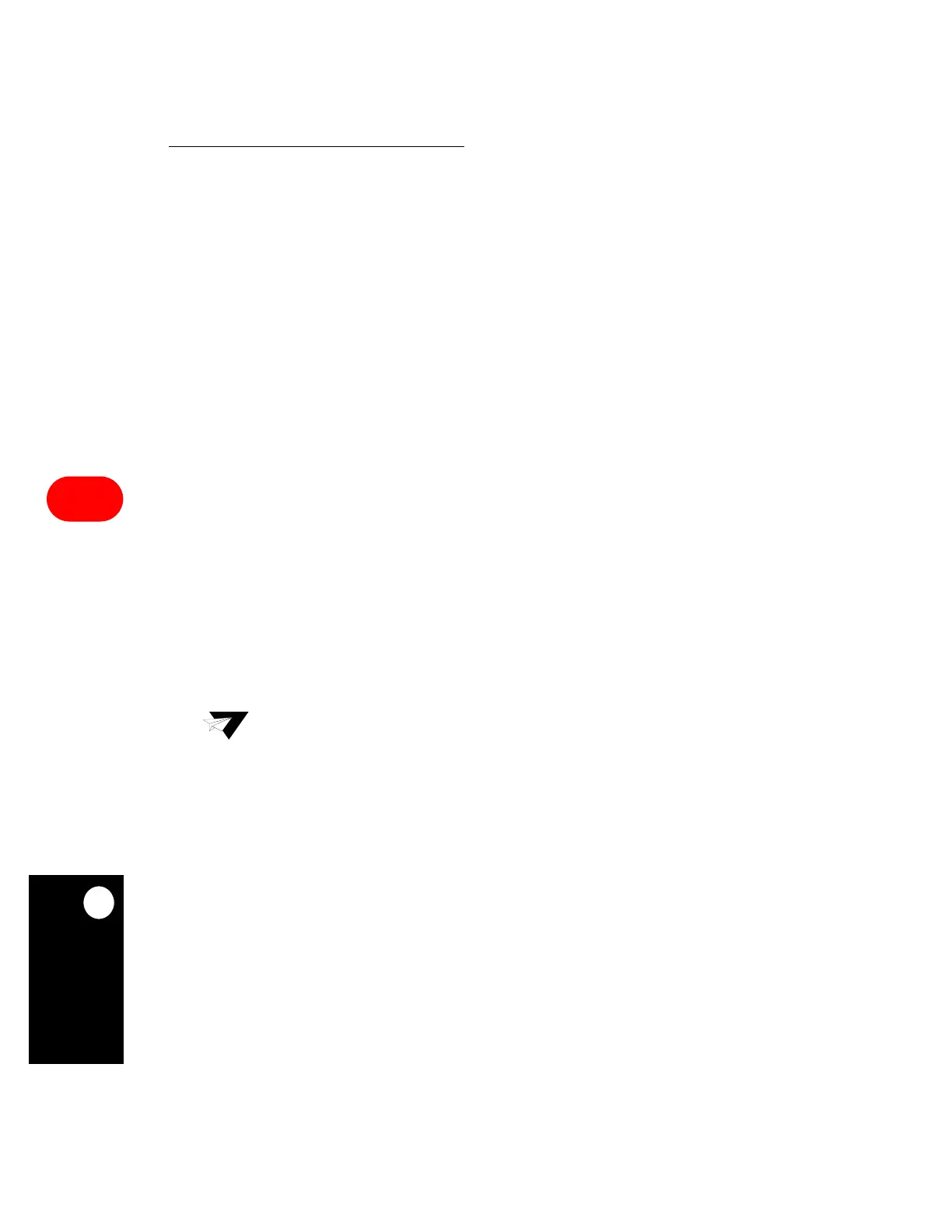Communication Processor Module
16-130 MPC823e REFERENCE MANUAL MOTOROLA
SERIAL
I/F
COMMUNICATION
16
PROCESSOR MODULE
SMC1CS—SMC1 Clock Source (NMSI mode)
SMC1 can take its clocks from one of the baud rate generators or one of four pins from the
bank of clocks. The SMC1 transmit and receive clocks must be the same when it is
connected to the NMSI.
000 = SMC1 transmit and receive clocks are BRG1.
001 = SMC1 transmit and receive clocks are BRG2.
010 = SMC1 transmit and receive clocks are BRG3.
011 = SMC1 transmit and receive clocks are BRG4.
100 = SMC1 transmit and receive clocks are CLK1.
101 = SMC1 transmit and receive clocks are CLK2.
110 = SMC1 transmit and receive clocks are CLK3.
111 = SMC1 transmit and receive clocks are CLK4.
SDMx—Serial Interface Diagnostic Mode for TDMx
00 = Normal operation.
01 = Automatic echo. In this mode, the channel transmitter automatically retransmits
the data received from the TDM on a bit-by-bit basis. The receive section operates
normally, but the transmit section can only retransmit received data. In this mode,
the L1GRx signal is ignored.
10 = Internal loopback. In this mode, the TDM transmitter output is internally connected
to the TDM receiver input (L1TXDx is connected to L1RXDx). The receiver and
transmitter operate normally. The data appears on the L1TXDx pin. In this mode
the L1RQA signal is asserted normally. The L1GRA signal is ignored.
11 = Loopback control. In this mode, the TDM transmitter output is internally connected
to the TDM receiver input (L1TXDx is connected to L1RXDx). The transmitter
output (L1TXDx) and the L1RQA
pin is inactive. This mode is used to accomplish
loopback testing of the entire TDM without affecting the external serial lines.
RFSDx—Receive Frame Sync Delay for TDMx
This field determines the number of clock delays between the receive sync and the first bit
of the receive frame. Even if the CRTx bit is set, these bits do not control the delay for the
transmit frame.
00 = No bit delay. The first bit of the frame is transmitted/received on the same clock
as the sync. Use for GCI.
01 = 1-bit delay. Use for IDL.
10 = 2-bit delay.
11 = 3-bit delay.
See the examples in Figure 16-52 and Figure 16-53 to find out how to use these bits.
Note: In modes 01,10, and 11, the receive and transmit clocks must be identical.

